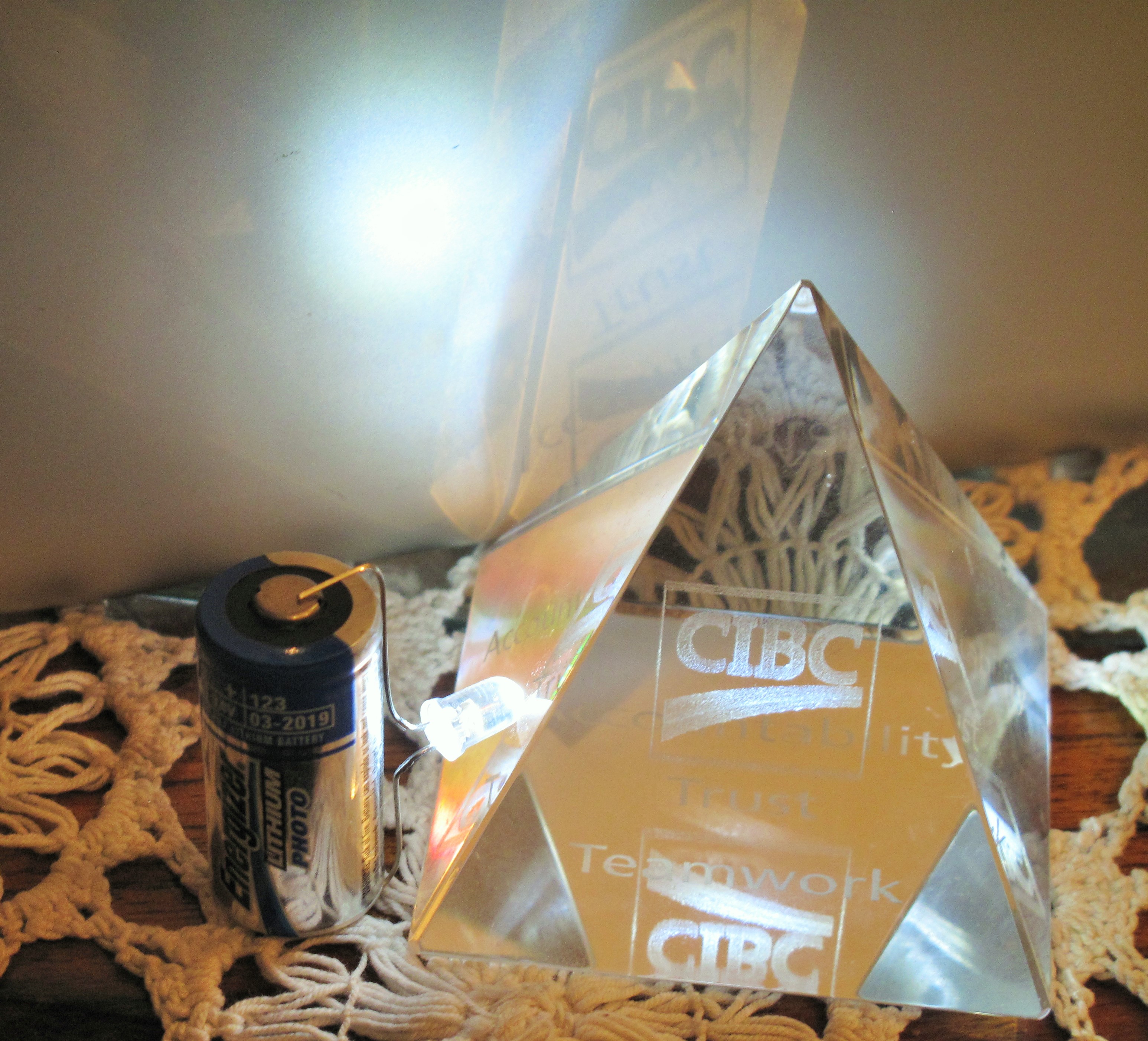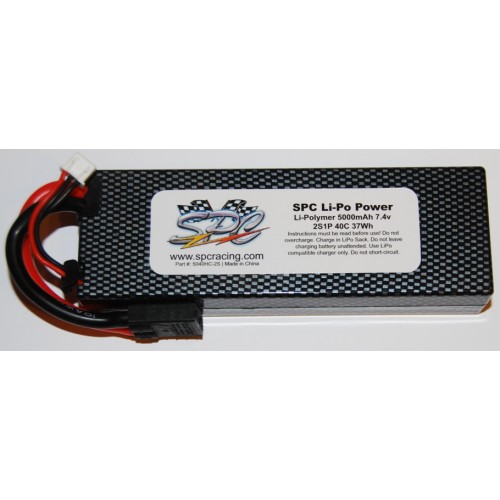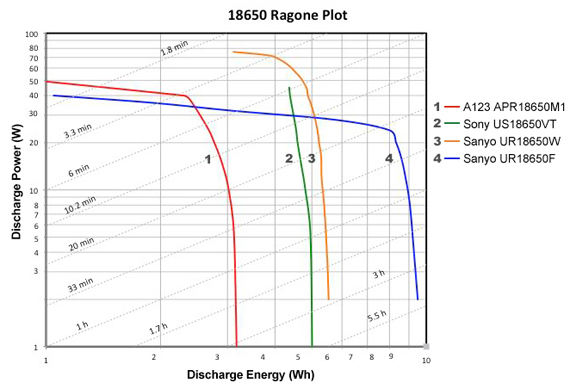Hi all,
I'm rethinking my bespoke LED setup on my bike in order to provide a bit of time when I stop pedalling to keep the light on. Currently I have a dynamo linked to a USB 5.25V out device, followed by a Skhotty diode so (4.8V) linked to a 0.33F supercapacitor (5.5v max) which goes into 5x 2.2V/20mA red LED's via 5 resistors.
The problem is once I stop pedalling the rear light is immediately dimmer due to the resistance of the capacitor, and it decreases quite rapidly as the voltage drops. Ideally then I need to have some circuit trickery to keep the 2.2V constant as the capacitor discharges.
I also have 5x 25mA 3.2V white LED's on the front. These consume quite a bit more power and I didn't believe it feasible to hook them up, but I'd like to!
My Idea
Is to feed the output from the capacitor/power into a small DC-DC boost, a device for which costs $0.60 on aliexpress. This will ensure voltage as low as 0.9v goes to 5v. Then I'd use two small DC-DC buck's to take the 5v down to 2.2v & 3.2v. Efficiency should be greater than the dropping resistors.
Does this sound feasible? I don't know where to start for calculating the size of the capacitor, but I know large ones like 5F/5.5v are now available. Would they have enough charge to last about a minute?
Thanks!
Andrew
I'm rethinking my bespoke LED setup on my bike in order to provide a bit of time when I stop pedalling to keep the light on. Currently I have a dynamo linked to a USB 5.25V out device, followed by a Skhotty diode so (4.8V) linked to a 0.33F supercapacitor (5.5v max) which goes into 5x 2.2V/20mA red LED's via 5 resistors.
The problem is once I stop pedalling the rear light is immediately dimmer due to the resistance of the capacitor, and it decreases quite rapidly as the voltage drops. Ideally then I need to have some circuit trickery to keep the 2.2V constant as the capacitor discharges.
I also have 5x 25mA 3.2V white LED's on the front. These consume quite a bit more power and I didn't believe it feasible to hook them up, but I'd like to!
My Idea
Is to feed the output from the capacitor/power into a small DC-DC boost, a device for which costs $0.60 on aliexpress. This will ensure voltage as low as 0.9v goes to 5v. Then I'd use two small DC-DC buck's to take the 5v down to 2.2v & 3.2v. Efficiency should be greater than the dropping resistors.
Does this sound feasible? I don't know where to start for calculating the size of the capacitor, but I know large ones like 5F/5.5v are now available. Would they have enough charge to last about a minute?
Thanks!
Andrew





 [URL='https://www.amazon.com/Venom-5000mAh-7-4V-LiPO-Hard/dp/B000VUF3O2/ref=sr_1_17?ie=UTF8&qid=1446220473&sr=8-17&keywords=lipo']or similar SPC LiPo Power, Lithium Polymer (LiPo) Battery Pack; 5000mAh, 40C, 2S, 7.4
[URL='https://www.amazon.com/Venom-5000mAh-7-4V-LiPO-Hard/dp/B000VUF3O2/ref=sr_1_17?ie=UTF8&qid=1446220473&sr=8-17&keywords=lipo']or similar SPC LiPo Power, Lithium Polymer (LiPo) Battery Pack; 5000mAh, 40C, 2S, 7.4

